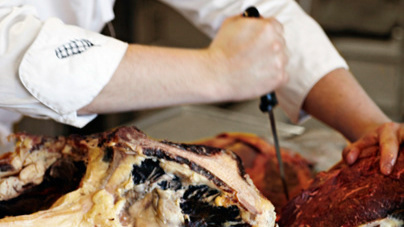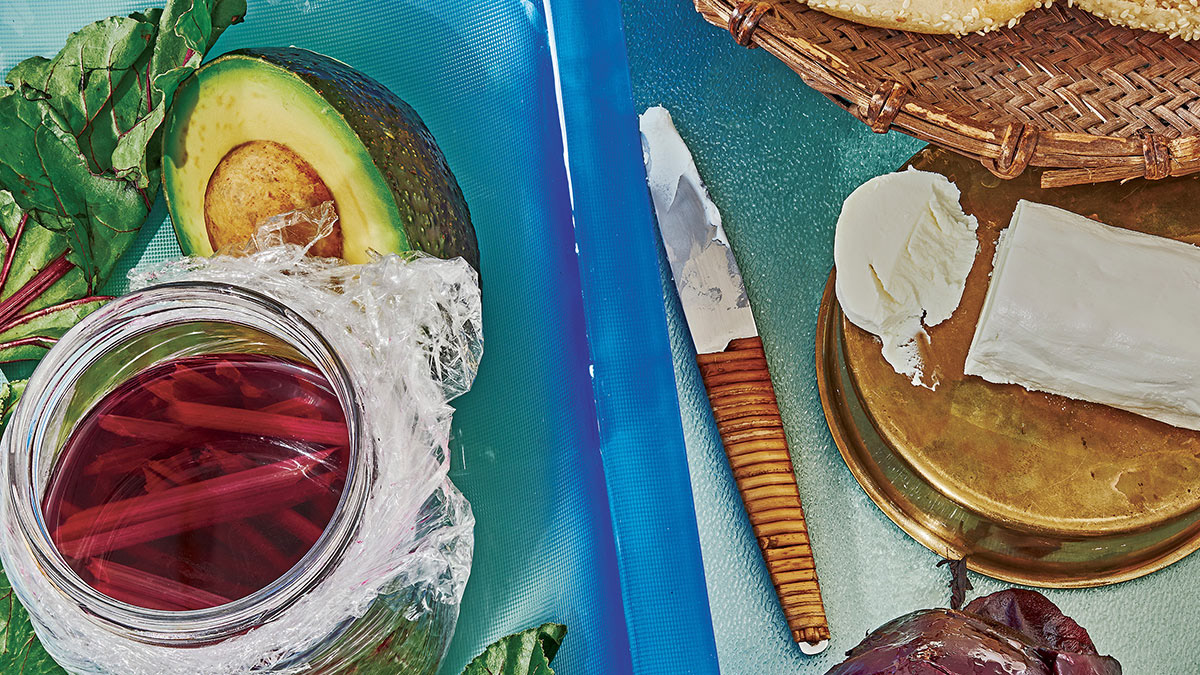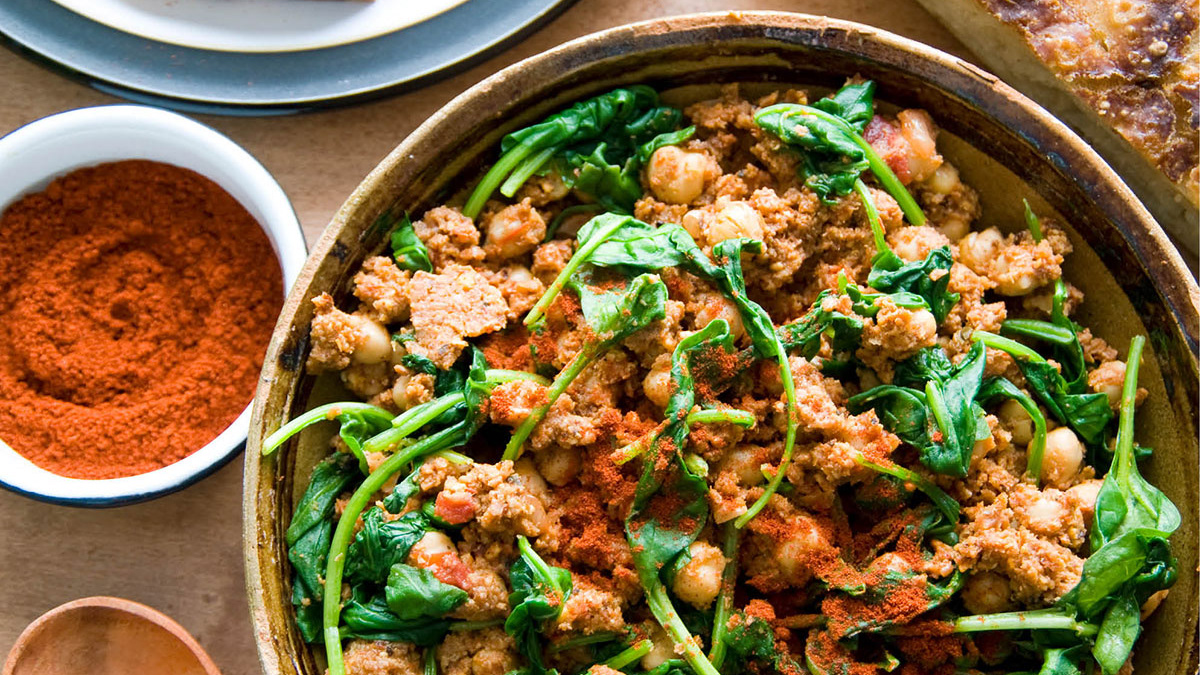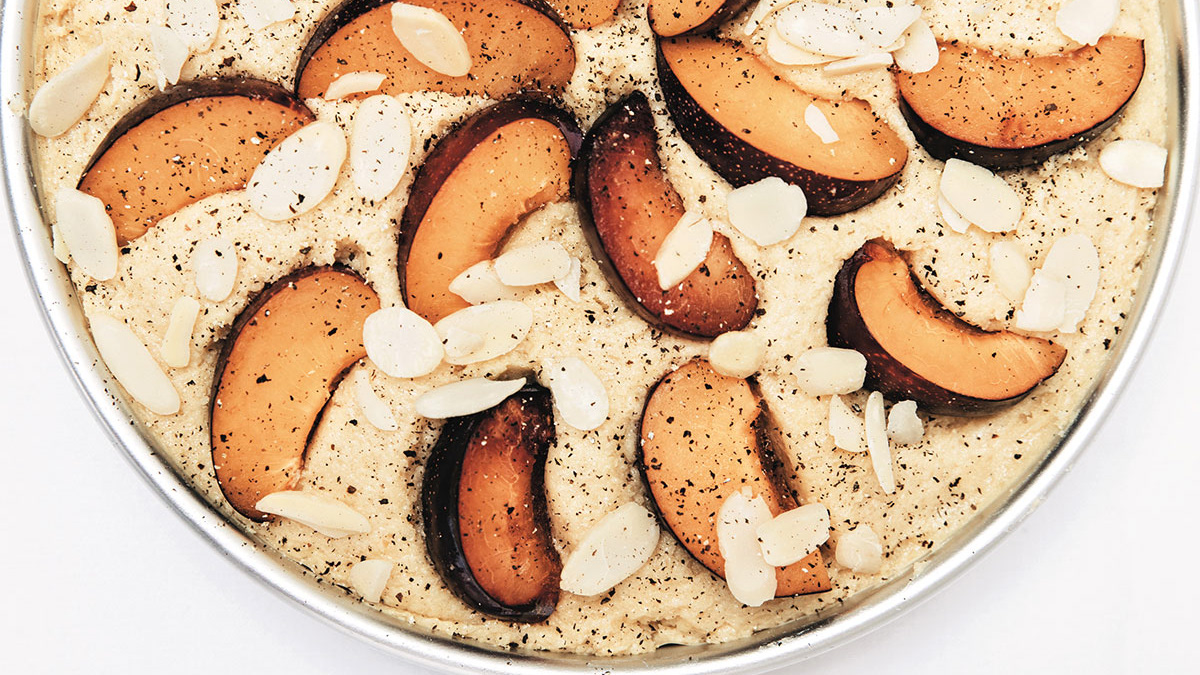PHOTO: Per-Anders Jörgensen/Phaidon Press; chef Andoni Luis Aduriz
Laura Brehaut/Postmedia News
Originally published on May 28, 2012; Postmedia Network
Originally published on May 28, 2012; Postmedia Network
The story of Mugaritz could be told in accolades alone; there have been many, and illustrious ones at that. There are the two Michelin stars (the first in 2000 and the second in 2005) and the fact that Mugaritz is the third best restaurant in the world, according to Britain’s Restaurant Magazine. There are also the Three Suns – the maximum rating – that were awarded by the Campsa Guide. But all of this would only be part of the story. It becomes clear, when speaking with head chef Andoni Luis Aduriz, that the path to his restaurant’s success hasn’t always been a smooth one.
The first obstacle was securing the space itself. Originally, the restaurant was going to be in a sports centre in Hondarribia. Aduriz had even gone so far as to start designing the kitchen when a powerful company outbid them, which affected him a lot. “It was really a shock for me. I’ve often explained that the will of people is like the water. It confronts an obstacle, and it can deviate and it can pass the obstacle until it arrives where it needs to arrive. There’s nothing that can stop it. And the story of Mugaritz has been that, one of obstacle, obstacle, obstacle and the will of people passing those obstacles,” Aduriz says, via translator Annie Sibonney.
“Plan B” was a former dairy situated in the mountains of northern Spain’s Basque Country, in the shade of the region’s largest oak forest on the border of the towns of Errenteria and Astigarraga. “The location was fabulous, magical, surrounded by nature,” Aduriz writes in his recently released book, “Mugaritz” (Phaidon, 2012). The location came first and inspired the name (muga – Basque for border and haritz – Basque for oak), as well as the work that takes place there.
Despite its bucolic setting and proximity to San Sebastian (approximately 20 minutes by car), when the restaurant first opened its doors in March 1998, no one came. Aduriz describes his naïveté in those early days – he put an announcement in the paper saying “reservations only” and thought that people would come simply because he was a good chef with an established reputation. The 41-year-old trained under famous chef Ferran Adrià at El Bulli, where he helped inaugurate the research and development workshop, and has worked in many other notable kitchens, including those of Arzak, Akelaŕe and Martín Berasategui. With time on their hands, Aduriz and his staff started to work with their natural surroundings and explore the herbs that grew on and around their land. “Today it’s really the identity of Mugaritz. So a problem gave us a solution or an opportunity,” Aduriz says.
Aduriz and his staff had no intention of giving up in those difficult early years. He draws the comparison between an insect that doesn’t know that it’s physically impossible for it to fly, and does so anyway. “Sometimes you do things and you’re incapable of really evaluating the context and what the efforts mean. Because if we look at the world in perspective, the complex world that is everything, before even starting we would give up,” Aduriz says.
The staff’s tenacity was tested again in the early morning of February 15, 2010 when a short circuit started a fire in Mugaritz’s kitchen, destroying it. The restaurant was forced to close for four months of repairs, and through the generosity of a group of Japanese chefs, they were able to rebuild the kitchen. Aduriz now looks back at this experience as an opportunity that served to unite the staff even more as a team, and also allowed them to make changes to the kitchen and improve the installation.
Aduriz speaks frankly about the history of the restaurant and the obstacles along the way, offering real insight into what makes his work so special. His highly-regarded and experimental creations are tempered by his humility. “I know that there are people who work a lot and the only thing that they achieve at the end of the day is just to feel tired,” he says. “And I know a lot of people way more talented than myself, and they’ve just been left along the road. Really I just feel like a very privileged person.”
In putting together the book, “Mugaritz,” Aduriz’s goal was to publish recipes that hadn’t been published before, and that he felt best represented the work done at the restaurant. The oldest of the recipes in the book was created in 2006, and the youngest just a few months before printing. Choosing the 70 recipes that were included from approximately 400 was easy for Aduriz. “I’m very happy,” he says. “This is the best book that we’ve published and we’ve published 10 books. But this one, by a long shot, is the best.” The dishes are presented in life-sized portraits by photographer José Luis López de Zubiria alongside detailed instructions, giving the reader a glimpse into Mugaritz’s kitchen and process.
The experience of dining at Mugaritz, like other gastronomic experiences, often starts long before a client walks through the door. People are introduced to the restaurant through articles, programs or documentaries and the story starts there – they become enamoured and the experience builds until the day they are able to make the journey. People visit Mugaritz from all over the world and Aduriz compares the experience of seducing clients from afar to flowers that release molecular aromas that attract insects from kilometres away.
“When you see people enter through the door and come to the kitchen to see us, they are people who are really very moved,” Aduriz says. “Thanks to us not working in those first years, we have an incredible, impressive respect for people. The exchange isn’t that people give us money and we feed them. They’re accomplices. We try to offer them things that obligate us to commit ourselves to their experience.” The staff’s commitment includes foraging for wild herbs and planting in the restaurant garden so they can pick produce, flowers and herbs minutes before clients eat them. They invest an estimated 12,000 hours a year in creativity, and have the opportunity to travel all around the world. “All of these accumulated experiences, we try to synthesize them and filter them through our personalities and give them to our clients by way of a sequence of 20 dishes,” Aduriz says. “And if all of this doesn’t work, then I’ll speak to the sommeliers and I’ll tell them to give them a lot to drink,” he jokes.
There’s a sense of play that comes out in Aduriz’s work. “Edible Stones” – one of his trademark dishes – is evidence of this. Clients are encouraged to pick up the stones with their hands, to touch them and wonder, are they edible or are they not, should I take a bite? “When we have something new, we try to confront it with something that’s already familiar to give a reference that helps to put the attention on what’s new,” Aduriz says. “We could do it in a really serious way, when people come to a restaurant they can think that they’re in a monastery. But that’s not our intention. It’s a little bit ridiculous, so much seriousness because deep down, a restaurant is a place that people come to enjoy. If people learn something, discover, and enjoy themselves, it has a much greater impact on them.”
Aduriz finds inspiration in his multidisciplinary work with professionals such as botanists, biologists, philosophers, sociologists, theatre practitioners and musicians. “I’m a very curious person. Take a writer for example, I like to know what they do and also what is behind that style. What motivates them to find that perfect word. I like to get to know the world from the point of view of other places, of other lands,” Aduriz says. “And I love to experiment. Mugaritz is a ‘border.’ It’s the border of the limits of your capabilities and to surpass it. Even if we make a mistake it’s exciting. This is what maintains your life. I hope to never lose the hunger that I have to grow and to learn.”
The documentary film, “Mugaritz BSO” (September 2011), directed by Juantxo Sardon and created by Aduriz and musician Felipe Ugarte, explores the connection between gastronomy and music. Ugarte translates the meaning, preparation and inspiration behind some of Aduriz’s signature dishes into musical compositions. “A Piece of Veal, Roasted and Perfumed with Vine Cutting Embers” is expressed through the use of a children’s choir and field recordings taken with a microphone placed in the coals of a fire. “Vegetable Carpaccio” is represented in part by a countertenor’s vocals. The filmmakers travel from Spain to Ethiopia and Peru documenting some of the inspiration and translations of Aduriz’s creations. In Peru, viewers see the inspiration for “Edible Stones,” chuño, a freeze-dried potato.
“We like to eat stories,” Aduriz writes in “Mugaritz.” He explains that behind every ingredient there is a very big story. Take the traditional Spanish dish tortilla de patatas – there’s the story of olive oil and the relationship with Mediterranean communities and the history of the Roman Empire. Behind the potato, there’s the story of the Incas, the farmers that domesticated it, and the botanist in the 18th century that brought the potato to the European communities that now see the potato as part of their identity. “When you’re eating a tortilla de patatas, you’re eating all of that. And people like to know this,” Aduriz says. “If all of that is in a traditional dish, imagine what’s in a contemporary dish. All of that is there plus, we also add our personal stories.”
The staff at Mugaritz develops between 75 and 100 new dishes a year, with an estimated 120-200 hours dedicated to creating each one. There is one recipe in the book, “Fresh Almonds and Meadowsweet,” that was created in just five minutes. “It was just a strike of inspiration. It was very intuitive,” Aduriz says. “But what was necessary was my 38 years of life to do that dish.” He then points to another example from the book, “The Broken Egg,” which took more than five years to develop. “It was very hard work but when you explain it to someone, the dimension that this dish has really comes out of the senses and also from the terrain of affection,” Aduriz says. “That’s why it’s so important. That’s why people like to eat stories.”









